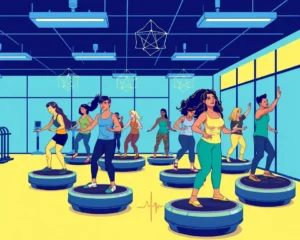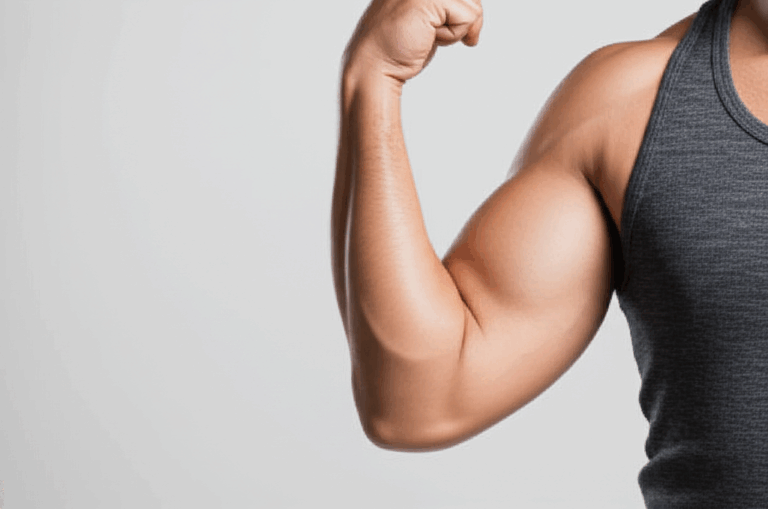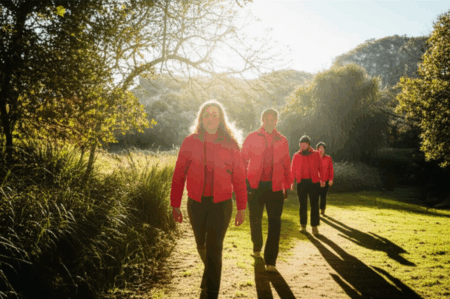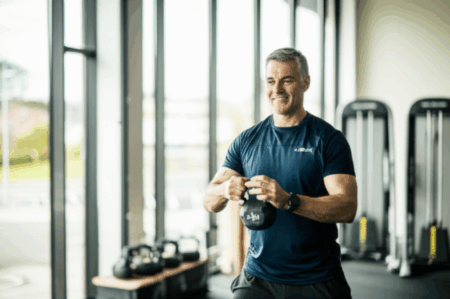As we age, maintaining muscle mass and strength becomes increasingly vital for overall health, independence, and quality of life. The natural process of sarcopenia, or age-related muscle loss, can begin as early as our 30s and accelerate after 50, leading to decreased bone density, reduced balance, and an increased risk of falls and chronic health conditions. But the good news is, you don’t need to dedicate hours to the gym to combat this. A quick, targeted 5-minute morning routine can be incredibly effective in rebuilding full-body strength, enhancing mobility, and boosting your energy for the day ahead.
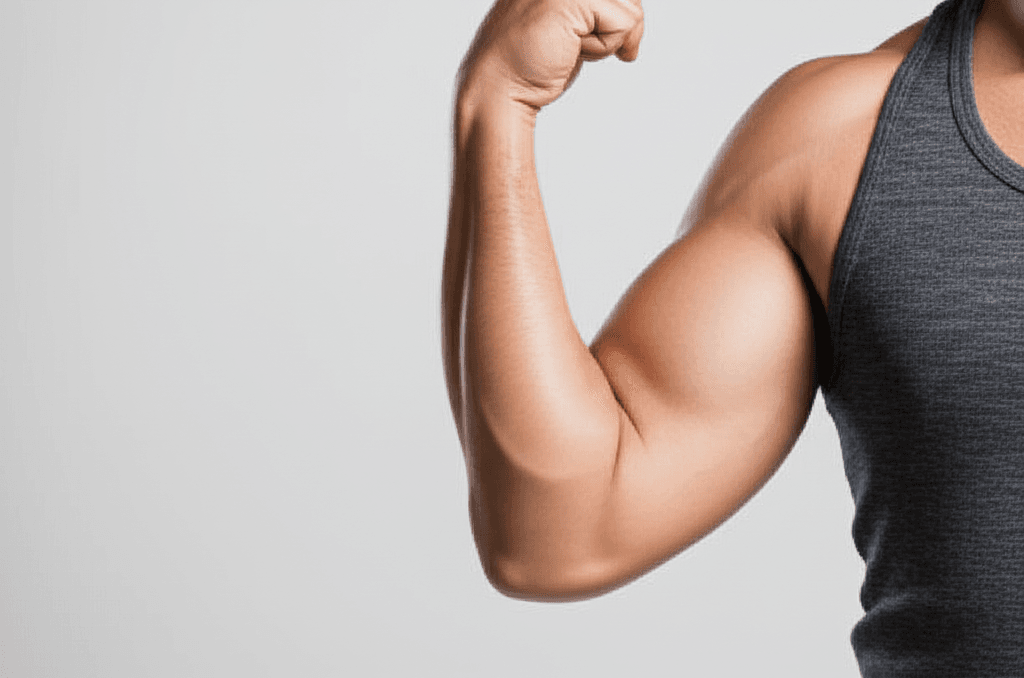
The Importance of Strength Training After 50
Strength training, often referred to as resistance training, involves using resistance—whether from free weights, machines, resistance bands, or your own body weight—to build muscle and strengthen bones. For individuals over 50, the benefits extend far beyond aesthetics:
- Combating Muscle Loss and Increasing Bone Density: Regular strength training directly counters sarcopenia and can significantly increase both muscle mass and bone mineral density, crucial for preventing osteoporosis and fractures.
- Improved Balance and Reduced Fall Risk: Strengthening your muscles, especially in the legs and core, enhances balance and coordination, a key factor in reducing falls, a significant concern for older adults.
- Prevention and Management of Chronic Conditions: Strength training can help manage and prevent conditions such as arthritis, type 2 diabetes, and heart disease by reducing inflammation, lowering blood pressure, improving glucose control, and enhancing cardiovascular health.
- Pain Management: Research indicates that strength training can reduce pain associated with conditions like fibromyalgia, osteoarthritis, rheumatoid arthritis, and low back pain.
- Enhanced Cognitive Health: Physical activity, including strength training, has been linked to improved cognitive functions such as memory and attention, and may reduce the risk of neurodegenerative diseases.
- Improved Daily Function and Independence: Stronger muscles make everyday tasks like lifting, pushing, sitting, and standing easier, helping maintain independence and quality of life.
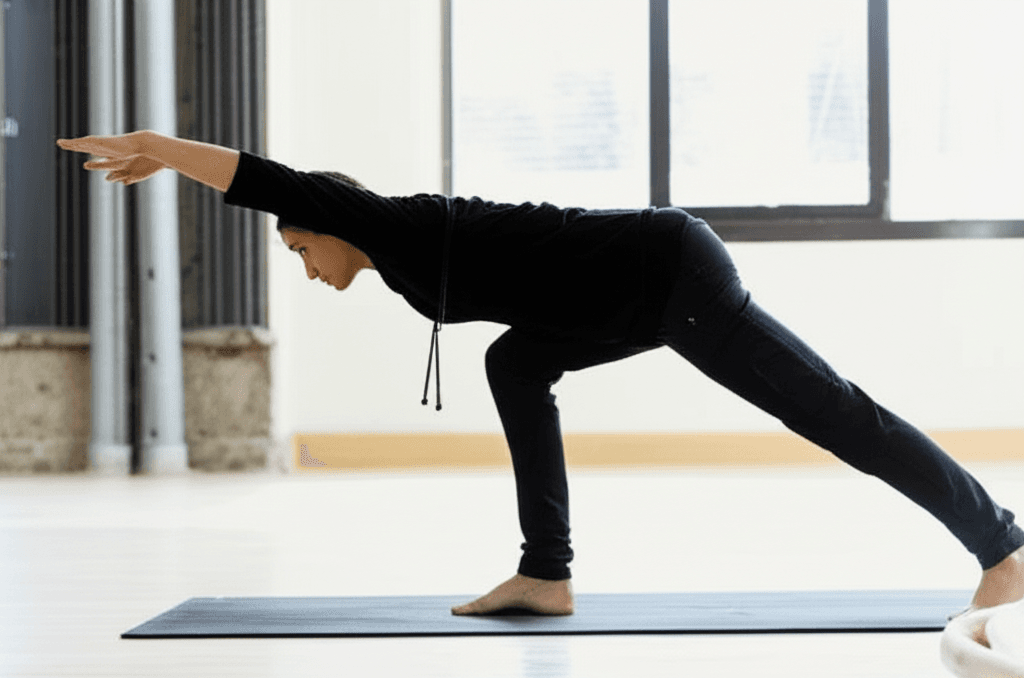
Your 5-Minute Full-Body Strength Routine
This routine focuses on compound bodyweight exercises that work multiple muscle groups simultaneously, requiring minimal equipment and making it perfect for a morning start. Always remember to consult your healthcare provider before starting any new exercise program, especially if you have underlying health conditions.
Warm-up (30-60 seconds)
Begin with some light movement to prepare your body. This could include marching in place, arm circles, and gentle torso twists.
The Exercises (Approx. 4 minutes)
Perform each exercise for 45 seconds, followed by 15 seconds of rest as you transition to the next move. Focus on controlled movements and proper form over speed.
1. Wall Push-ups (Upper Body & Core)
- How to: Stand facing a wall, about arm’s length away, with your feet hip-width apart. Place your palms flat on the wall at shoulder height and width, fingers pointing upwards.
- Action: Keeping your body straight and core engaged, slowly bend your elbows, bringing your chest towards the wall. Keep your elbows pointing slightly outwards, around a 45-degree angle. Press back to the starting position, straightening your arms.
- Why it helps: This modified push-up strengthens your chest, shoulders, and triceps, supporting daily tasks like lifting and pushing, and can improve posture.
- Modification: Adjust your distance from the wall; closer makes it easier, further makes it harder.
2. Chair Squats / Sit-to-Stands (Lower Body & Balance)
- How to: Stand in front of a sturdy chair with your feet shoulder-width apart, toes pointing slightly out. You can extend your arms forward for balance or place them on your hips.
- Action: Slowly hinge at your hips and bend your knees as if you are going to sit down, keeping your back straight and chest up. Descend until your glutes lightly touch the chair, or your thighs are parallel to the floor, ensuring your knees don’t cave inward. Push through your heels to return to a standing position, squeezing your glutes at the top.
- Why it helps: This exercise is excellent for building leg and glute strength, crucial for balance, mobility, and making everyday movements like sitting and standing easier as you age.
- Modification: If a full squat is challenging, perform “sit-to-stands” where you fully sit down and then stand up, using just your legs and core. Ensure the chair is sturdy and placed against a wall for added stability.
3. Glute Bridge (Core, Glutes & Lower Back)
- How to: Lie on your back with your knees bent, feet flat on the floor, hip-width apart, and arms by your sides.
- Action: On an exhale, squeeze your glutes and press through your heels to lift your hips off the floor until your body forms a straight line from your shoulders to your knees. Hold briefly, then slowly lower your hips back down with control.
- Why it helps: This move strengthens your hips, glutes, and core, protects your lower back, and improves overall mobility, helping to counteract the effects of prolonged sitting.
4. Standing Marches (Core, Legs & Balance)
- How to: Stand tall with your feet hip-width apart. You can place your hands on your hips or hold onto a chair or wall for support if needed.
- Action: Slowly raise one knee towards your chest, aiming for hip height if comfortable. Control the movement as you lower your foot back down, then repeat with the other leg. Focus on engaging your core to maintain stability.
- Why it helps: Standing marches are great for improving balance, strengthening the core and leg muscles, and enhancing coordination.
5. Plank (Full Body Core Strength)
- How to: Start in a forearm plank position, with your forearms on the floor and elbows directly under your shoulders. Your body should form a straight line from your head to your heels.
- Action: Engage your core, glutes, and legs, ensuring your back doesn’t arch or sag. Hold this position, breathing deeply and steadily.
- Why it helps: Planks are a powerful full-body exercise that fire up your core, boost posture, and support spinal health, contributing significantly to overall strength and stability.
- Modification: If a full forearm plank is too challenging, you can drop your knees to the floor while maintaining a straight line from your head to your knees.
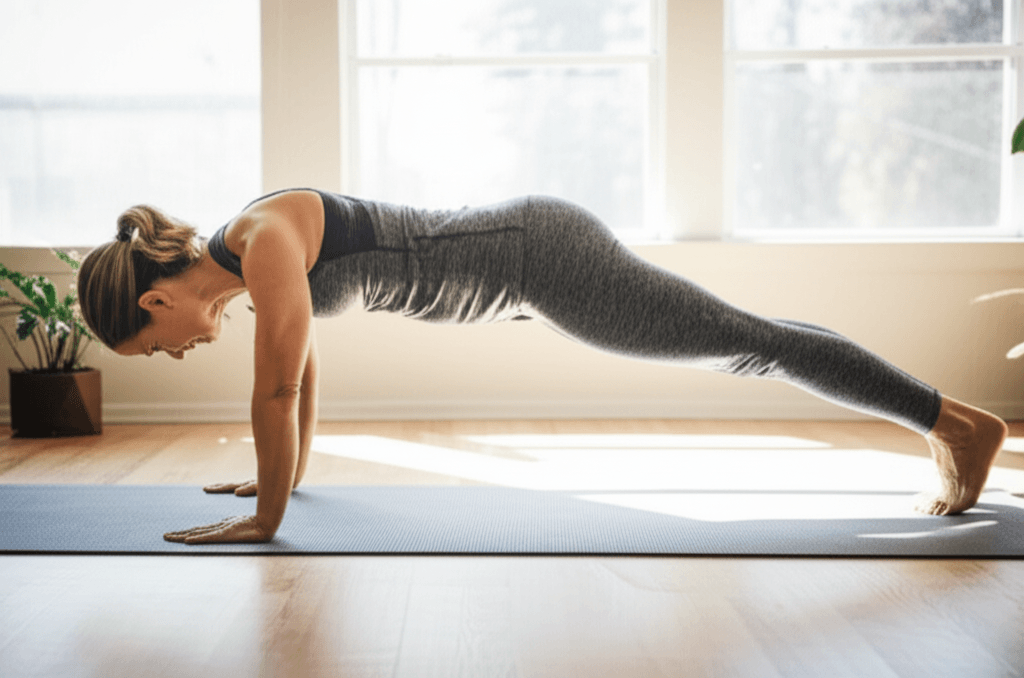
Consistency is Key
The key to rebuilding strength and experiencing the full range of benefits is consistency. Performing this 5-minute routine daily, or at least several times a week, can make a significant difference in your physical capabilities and overall well-being after 50. Remember to listen to your body, and if any exercise causes pain, stop and adjust or consult a professional. Prioritizing strength training, even in small bursts, is a powerful investment in your long-term health and independence.


